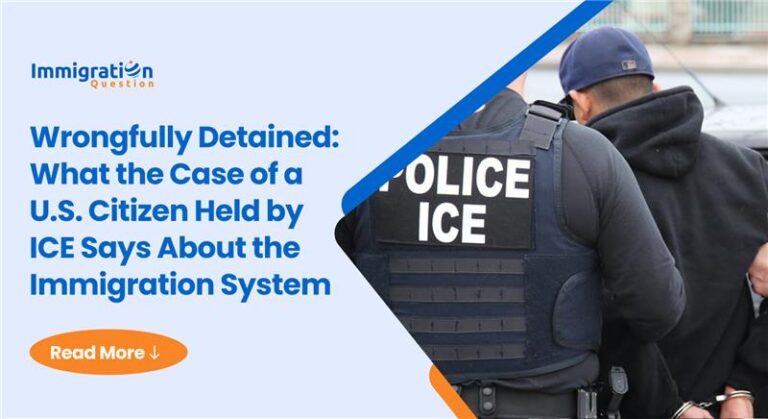The Trump administration’s legal battles have become a defining feature of its return to power.
Since Donald Trump’s return to office, more than ten federal courts have stepped in to question his administration’s aggressive policy moves, from deportations to executive orders aimed at redefining birthright citizenship. However, the Trump team treats federal court rulings as mere suggestions rather than acknowledging the judiciary as a co-equal branch of government.
This legal tug-of-war reached a new peak in March 2025 when a federal judge issued an order to reverse two deportation flights carrying alleged Venezuelan gang members to El Salvador. Rather than comply, the administration doubled down. President Trump and senior officials announced their intent to proceed regardless of the ruling, framing it as a temporary nuisance while they prepared an appeal. Their message was to follow the law, but only on their terms.
Just two weeks ago, the U.S. Supreme Court ordered the Trump administration to facilitate the return of Kilmar Abrego Garcia, a man mistakenly deported to a notorious Salvadoran prison. The administration has resisted. Judge Paula Xinis described their actions as a “willful and bad faith refusal to comply with discovery obligations.” This development is the latest in a string of judicial rebukes over the administration’s defiant approach to immigration enforcement.
A Threat to the Balance of Powers
Trump’s advisers, Elon Musk and Vice President JD Vance, have both taken public swipes at the courts, fueling a narrative that judicial authority can be questioned when it is inconvenient. But the stakes here go far beyond fiery statements. What is at risk is the fundamental principle that no one, not even a sitting president, is above the law.
If this pattern continues, the U.S. may be witnessing the early stages of a constitutional crisis, Trump critics warn. There is the real possibility of a breakdown in the balance of powers, where one branch oversteps its bounds, and the others are left scrambling for a response.
Courts Under Pressure
What makes this moment especially troubling is its novelty. Never before has a presidential administration moved so fast, with so little regard for the legal brakes applied by the courts. Trump’s public declarations that he would “respect the law” are directly contradicted by documents showing that temporary restraining orders related to his immigration policies and mass government firings were simply not followed.
Even more concerning is the administration’s open hostility toward members of the judiciary. Judge James Boasberg, who issued the restraining order on the Venezuelan deportation case, was swiftly targeted online by Trump’s allies, including Musk. These attacks diminish public trust in an institution meant to serve as a constitutional check.
What Can the Courts Do?
Federal courts are not powerless. They have long-standing tools to enforce their rulings, including the power to hold parties in contempt. This includes civil contempt (which pushes for compliance through fines or other penalties) and criminal contempt (which punishes noncompliance). Though no court has ever held a sitting president in contempt, the judiciary can and has imposed consequences on government agencies and officials before.
In 2022, Trump was held in civil contempt by a New York court for failing to turn over documents, racking up $110,000 in fines. However, the offense of contempt has limits, especially when the president can pardon those convicted, as Trump did in 2017 with former sheriff Joe Arpaio.
Judges can also issue stricter orders, spell out clearer benchmarks for compliance, or, in extreme cases, issue writs of mandamus compelling government officials to act. Courts can also sanction attorneys who assist clients in defying orders through fines, suspension, or disbarment.
Potential Consequences of the Executive Power vs Judiciary Conflict
All of the judicial tools are founded on respect for the court’s authority. They rely on the belief that, when push comes to shove, even the executive branch must yield to the Constitution. If that belief crumbles, no amount of contempt citations or fines will restore the rule of law.
That is the danger of the Trump administration’s recent actions. Toying with lawlessness while hiding behind procedural appeals is turning judicial defiance into political theater, threatening the nation’s democratic principles.
A dangerous precedent is being set. If one administration can ignore the courts with impunity, what is to stop the next one? The judiciary may be under siege, but it is our shield against executive overreach. It must be defended, not just by lawyers and judges, but by every citizen who believes no one should be above the law.
If you have questions or need guidance on U.S. immigration laws and policies, visit Immigration Question to connect with an experienced immigration attorney.






